Hi! Thanks for reading! This is Jason Bradley Thompson. I mostly draw comics and do illustrations for games and movies. This is the better-late-than-never design blog for the RPG I’ve been designing with help from my playtest-DM and editor Jumana Al Hashal (with whom I also collaborated on our two comic-making games, Mangaka and Cartooner). This is where I’ll be writing about Dreamland, a portal fantasy RPG set in and out of the world of dreams.

By “Dreamland” I mean the Lord Dunsany universe which Lovecraft adopted in The Dream-Quest of Unknown Kadath (also visited by writers like Kij Johnson and a few others). But, I don’t *just* mean Lovecraft and Dunsany’s Dreamlands. The place called Dreamland borders on many other places, including:
(1) all the stories where people from ‘the real world’ go into some ‘fantasy world’, such as Labyrinth, The Neverending Story, etc. (even The Wizard of Oz)
(2) all the ‘was it just a dream?’ stories where people might go to some fantasy world or they might just be hallucinating, such as Night on the Galactic Railroad, Through the Garden Wall, Alice in Wonderland, etc.
(3) isekai manga, anime and light novels
(4) the “let me tell you about this weird faraway place” travelogue genre, with all its colonial baggage but originating way before the colonial era, with writers like Marco Polo, John Mandeville, Herodotus, Ibn Battuta, Ibn Jubayr, Faxian, Xuanzang…
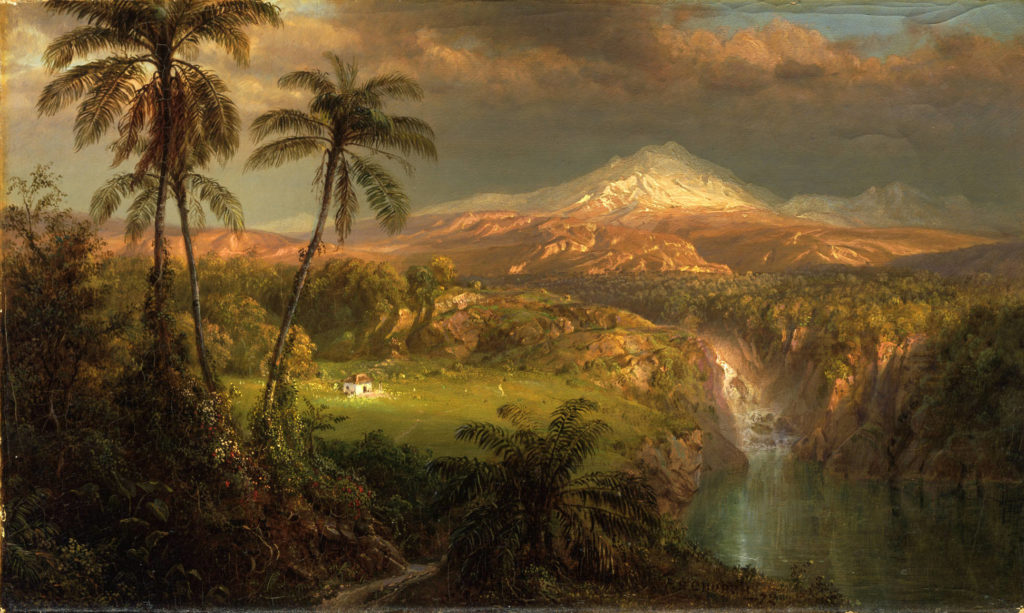
Pretend that all of these stories are actually describing different parts of the same place, like the fable about the blind men touching an elephant and saying “it is shaped like a snake” “it is shaped like a tree trunk” “it is shaped like a great wall” and so on. Some parts are horrible and some are beautiful and all of it is not home. Pretend that Dreamland is the repository of all humanity’s myths and images of the other place outside the city walls, the place a long long way away, outside over there, hidden in the subconscious, like Jung’s dream of the house with many buried levels. No one comes from there; you have to go there. And yet, you also belong there, deep down.
This is Dreamland.
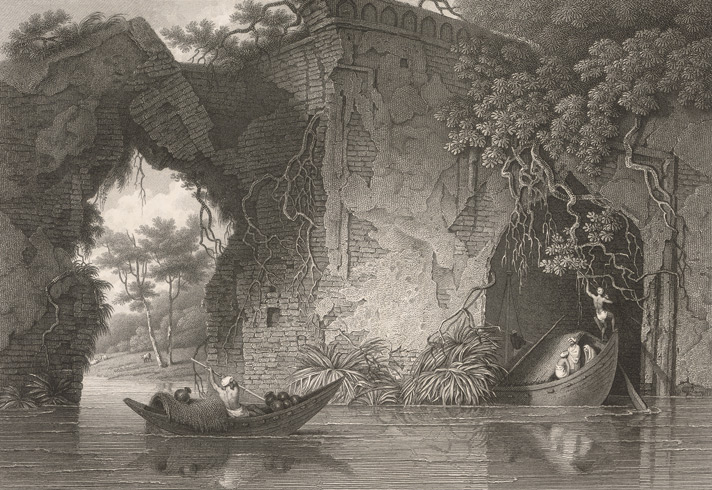
My goal was not just to list off all the places in Lovecraft and Dunsany’s stories and to make up more stuff about them, but to create a game that feels like Dreamland. Part of this involved trying to ‘go back to the source’ and find and research the things that influenced Lovecraft and Dunsany, such as reading Marco Polo’s travel writings (which are also an influence on the super awesome Ultraviolet Grasslands RPG setting).
The other part was creating rules that reflected this fairytale feeling. Generic rulesets — zzzzzzz. I wanted to make a game, not a generic Dreamland setting book for other roleplaying game systems. (After all, there’s already stuff like that.) Generic rules like PbtA and OSR and 5e are great but they have limits; a game’s rules should reflect its atmosphere and setting.

To me, one of the things that most separates ‘Dreamland style fantasy’ from ‘Tolkien fantasy’ is the use of language. Tolkien was concerned with making his fantasy world feel ‘real’; Dunsany and most of the other authors I’ve listed were concerned with making fantasy feel fantastical. The pseudo-Biblical, jeweled, colorful prose of Dunsany’s A Dreamer’s Tales and The Book of Wonder. Italo Calvino’s Invisible Cities, with its symbolist vignettes, each story a perfect metaphor. In 1973 Ursula K. LeGuin used this style for her story “The Ones Who Walk Away From Omelas,” showing that it works as well for progressive fables as conservative ones. You can also find this flowery, mythological style in some of the stories of Ted Chiang, in Kij Johnson’s consciously retro The Dream-Quest of Vellitt Boe, etc.
So, Dreamland is as a game about language. What this means, I’ll save for the next post.
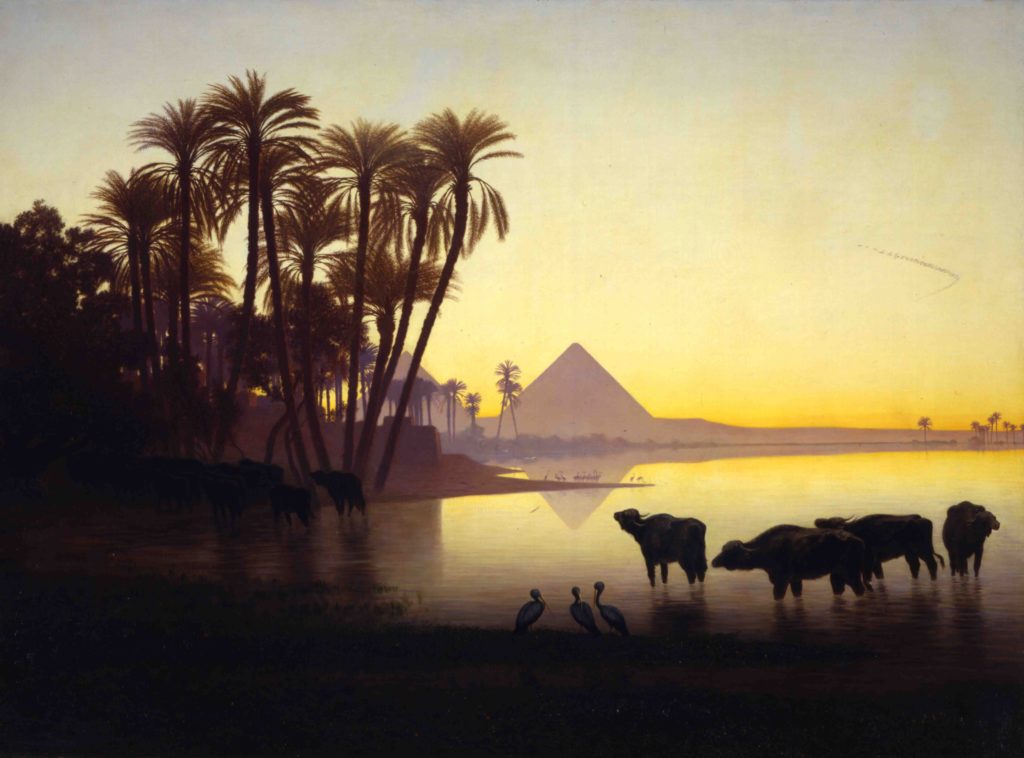
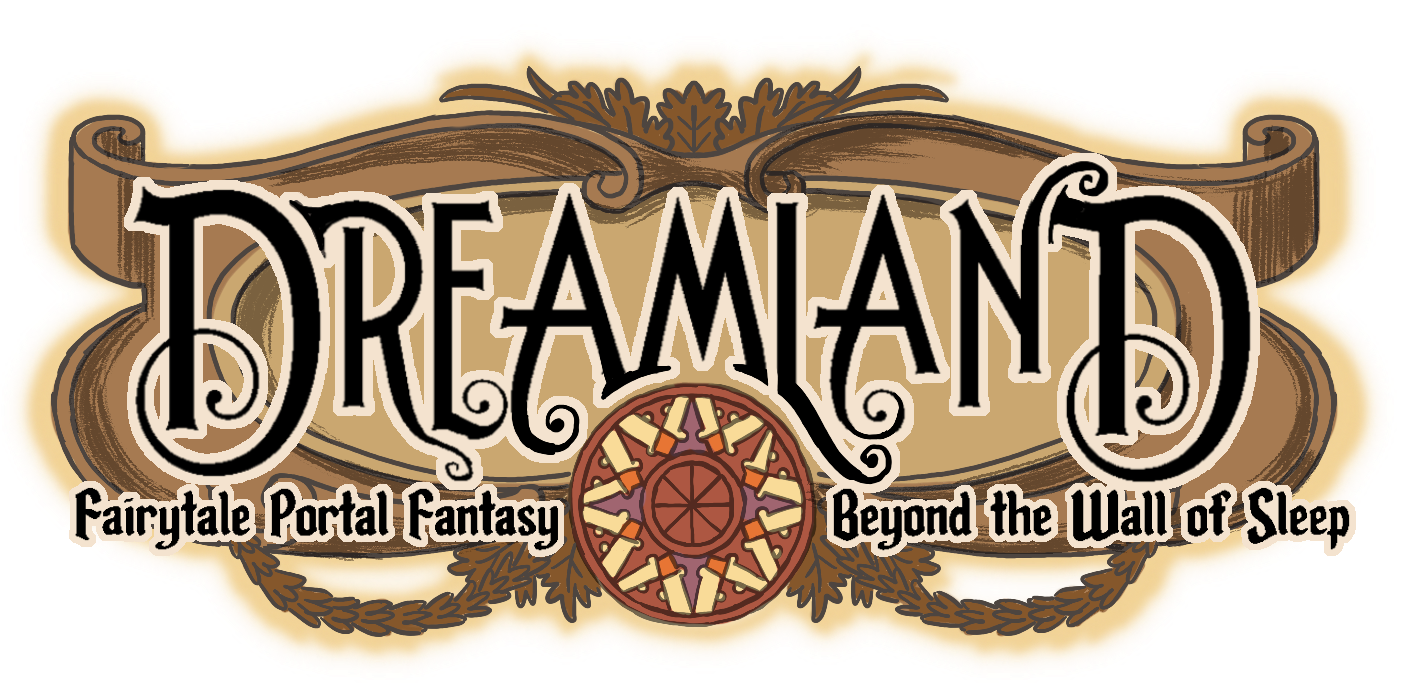
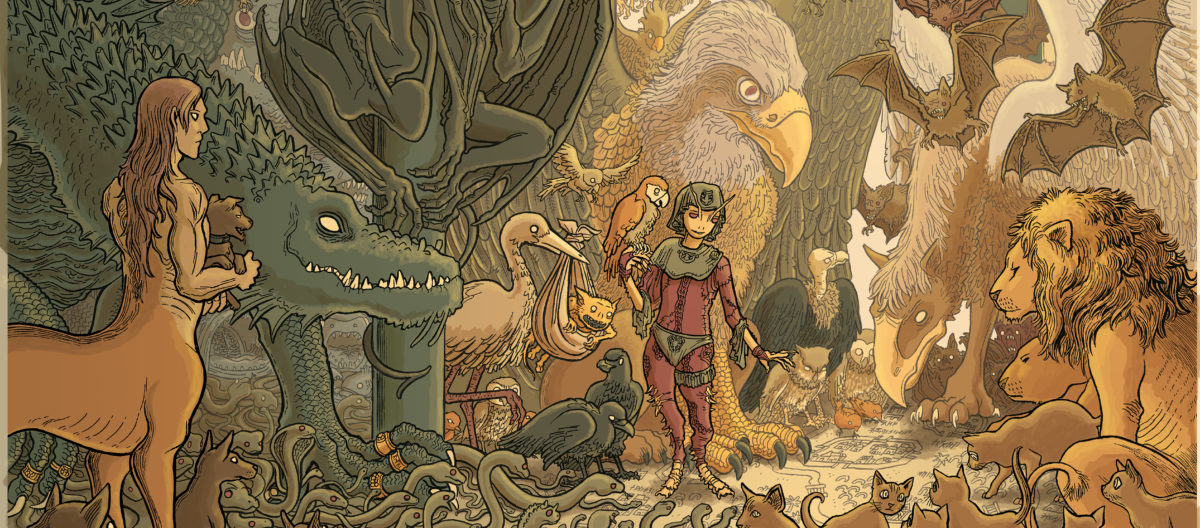
Is it awful that my first thought after reading about your Dreamlands RPG is potential player literacy limiting your buyer’s market? I like the Dreamlands, HPL and otherwise, but am interested in more solid locations and options in a game, sort of like based on Chaosiums Mythos CCG, or a Game of Life set with dream locations/adversaries. Being able to travel, in a game, to Cornwall-by-the-Sea or Celephais or other dreamy locations, threatened by gugs, or other dream menaces appeals to me. I like the idea of pillars of dreaming. Good ideas here, definitely. I wish you much luck in your game design!
Thanks! There will definitely be named locations and adversaries in the game… there’s going to be a whole chapter of locations (including Lovecraft’s Dreamlands) and assorted monsters & beasts. I hope to do a post about some of them soon.